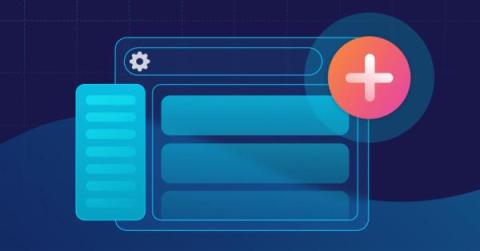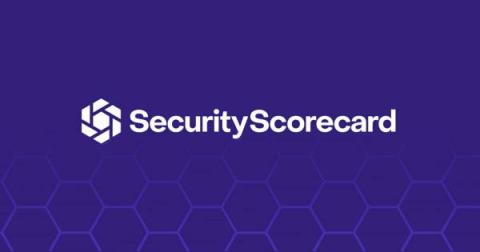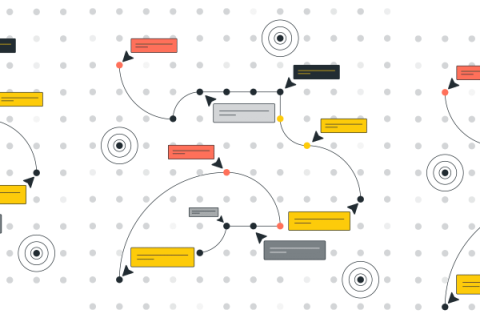Your Data Has Moved to the Cloud - Can Your Security Strategy Keep Up?
In today's world, data is the lifeblood of every organization. From intellectual property to employee and customer data to competitive intelligence and more — if your data is stolen, it's your reputation, money, and business on the line. But the way we store and interact with data has changed over the years. It's no longer located inside a perimeter, on networks and devices your organization has total control over.










